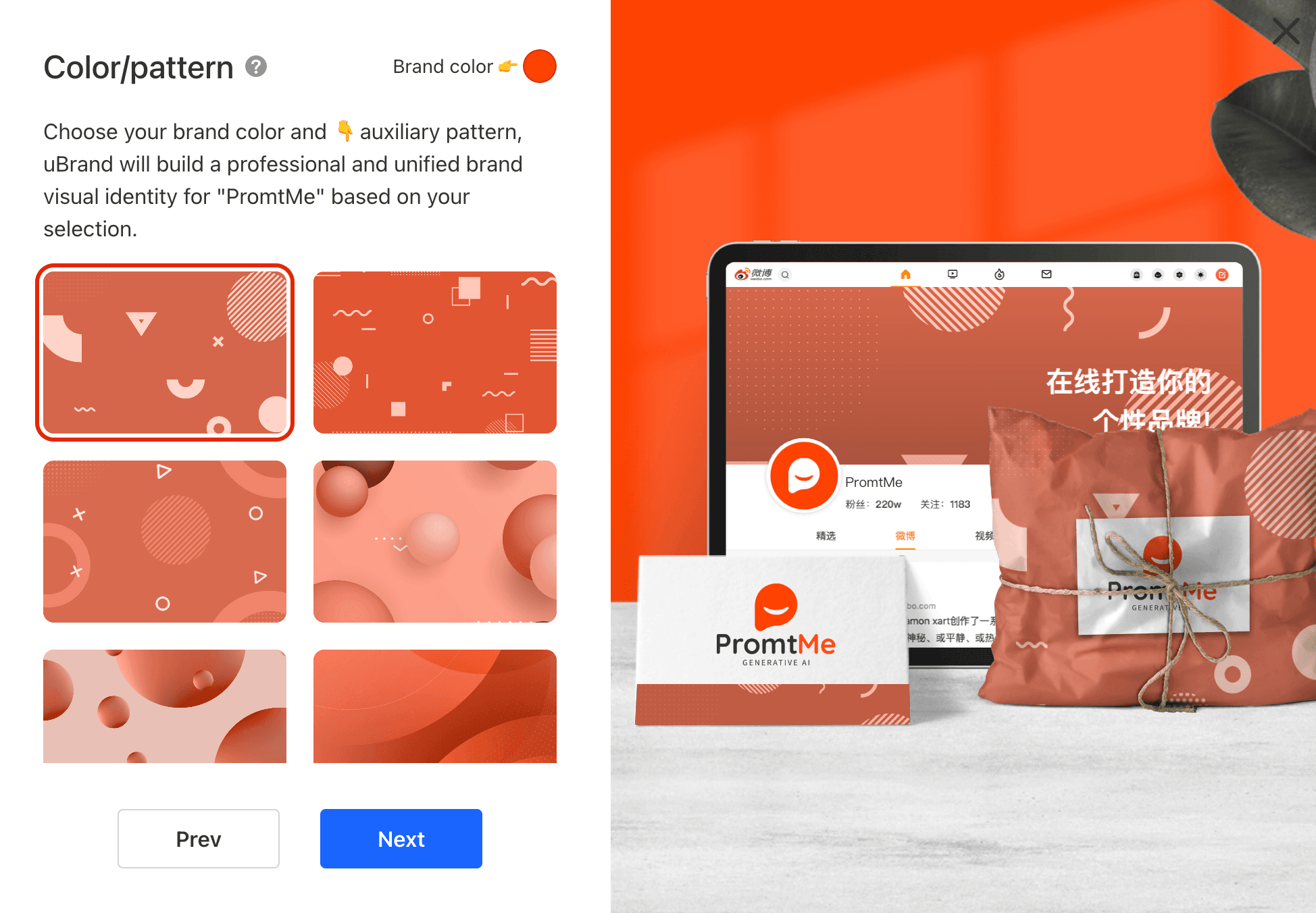Creating a strong brand identity is essential for standing out in today’s competitive market. A brand identity is more than just a logo or tagline—it’s the complete perception your customers have about your business. When done right, a strong brand identity fosters trust, loyalty, and recognition. This comprehensive guide will walk you through the steps to build a strong brand identity from scratch.
What is brand identity?
Brand identity encompasses all the visual and non-visual elements that define your business. These include your logo, colors, typography, voice, messaging, and even the emotions your brand evokes. A consistent and memorable brand identity helps you connect with your audience and communicate your values effectively.
Why brand identity matters
A strong brand identity offers numerous benefits, such as:
- Recognition: Customers remember a distinct and cohesive brand.
- Trust: A professional image builds credibility.
- Loyalty: Consistency fosters emotional connections and repeat business.
- Competitive edge: A unique brand helps you stand out in a crowded market.
Step 1: Define your brand purpose and values

Why it matters:
Your brand purpose is the foundation of your identity. It defines why your business exists beyond making a profit. Values, on the other hand, represent what your brand stands for.
How to implement:
- Answer key questions:
- What problem does your business solve?
- What are your core values?
- How do you want customers to perceive you?
- Write a mission statement:
- Example: “To make eco-friendly products accessible and affordable for everyone.”
- Align your purpose with customer needs:
- Ensure your purpose resonates with your target audience.
Step 2: Research your target audience
Why it matters:
Understanding your audience allows you to tailor your brand identity to their preferences and needs.
How to implement:
- Create buyer personas:
- Define demographics, interests, challenges, and buying behavior.
- Analyze competitors:
- Identify gaps in the market and areas where you can differentiate.
- Gather feedback:
- Conduct surveys, interviews, or social media polls to learn about your audience.
Example:
If your target audience is young professionals, you might focus on modern, minimalist design and a casual, relatable tone.
Step 3: Craft your visual identity

Why it matters:
Visual elements like your logo, color scheme, and typography are the most immediate ways customers recognize your brand.
How to implement:
- Design a memorable logo:
- Use professional tools like Adobe Illustrator or hire a designer.
- Keep it simple yet distinctive.
- Choose a color palette:
- Select 3-5 colors that align with your brand’s personality.
- Example: Blue for trust, red for excitement, green for growth.
- Pick typography:
- Choose fonts that are legible and reflective of your brand.
- Example: Serif fonts for tradition, sans-serif for modernity.
- Create visual guidelines:
- Document rules for logo usage, colors, and fonts to maintain consistency.
Pro tip:
Use tools like Canva for DIY designs or platforms like 99designs for professional assistance.
Step 4: Develop your brand voice and messaging
Why it matters:
Your brand voice is how you communicate with your audience. Consistent messaging builds trust and makes your brand relatable.
How to implement:
- Define your tone:
- Casual, professional, playful, or authoritative—choose a tone that matches your brand’s personality.
- Create taglines and slogans:
- Example: Nike’s “Just Do It” inspires action and determination.
- Write a messaging framework:
- Outline key messages for different platforms and audiences.
Example:
A tech company might use a professional tone on LinkedIn but a playful tone on Instagram.
Step 5: Build an online presence

Why it matters:
Your website and social media platforms are often the first points of contact for customers.
How to implement:
- Design a user-friendly website:
- Use a clean layout, fast-loading pages, and mobile responsiveness.
- Include essential information like an About page, products/services, and contact details.
- Optimize for SEO:
- Use keywords like “brand identity,” “build a brand,” and “branding strategies” in your content.
- Leverage social media:
- Choose platforms that align with your audience.
- Share content that reflects your brand values and engages your followers.
Example:
A lifestyle brand might focus on Instagram for its visual appeal, while a B2B brand might prioritize LinkedIn.
Step 6: Stay consistent across all touchpoints
Why it matters:
Consistency builds trust and ensures your audience recognizes your brand everywhere they encounter it.
How to implement:
- Align visuals and messaging:
- Ensure your logo, colors, and tone are consistent across your website, social media, packaging, and ads.
- Train your team:
- Provide brand guidelines to employees and partners.
- Monitor brand perception:
- Use tools like Brandwatch or Mention to track how people perceive your brand.
Step 7: Evolve your brand over time

Why it matters:
Markets and customer preferences change, and your brand needs to adapt to stay relevant.
How to implement:
- Listen to feedback:
- Regularly gather input from customers and employees.
- Refresh visuals periodically:
- Update your logo or color palette subtly to modernize your brand.
- Expand your offerings:
- Introduce new products or services that align with your brand identity.
Example:
Coca-Cola has evolved its logo over the decades while maintaining its core identity.
Building a strong brand identity from scratch requires time, effort, and a clear understanding of your audience and goals. By defining your purpose, crafting a compelling visual identity, and maintaining consistency, you can create a brand that stands out and resonates with customers. Start today, and watch your business thrive!
FAQs about building brand identity
1. What are the key elements of a brand identity?
The key elements include your logo, color palette, typography, voice, messaging, and customer experience.
2. How long does it take to build a brand identity?
It depends on the scope. A basic brand identity might take a few weeks, while a comprehensive one can take months.
3. Can small businesses build strong brand identities?
Absolutely! Small businesses can use cost-effective tools like Canva and Wix to create professional-looking brand assets.
4. How do I know if my brand identity is effective?
Track metrics like brand recognition, customer feedback, and engagement rates to evaluate your brand’s impact.
5. Should I hire a branding agency?
If your budget allows, a branding agency can provide professional expertise. However, many businesses successfully build brand identities in-house.




